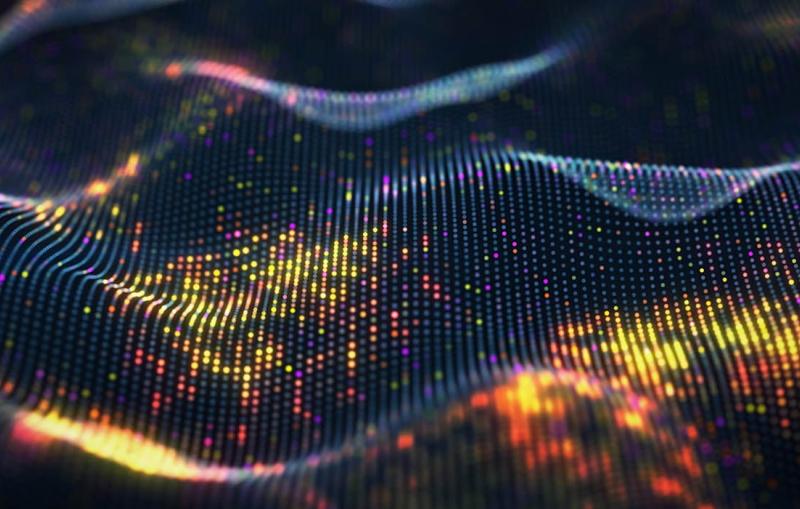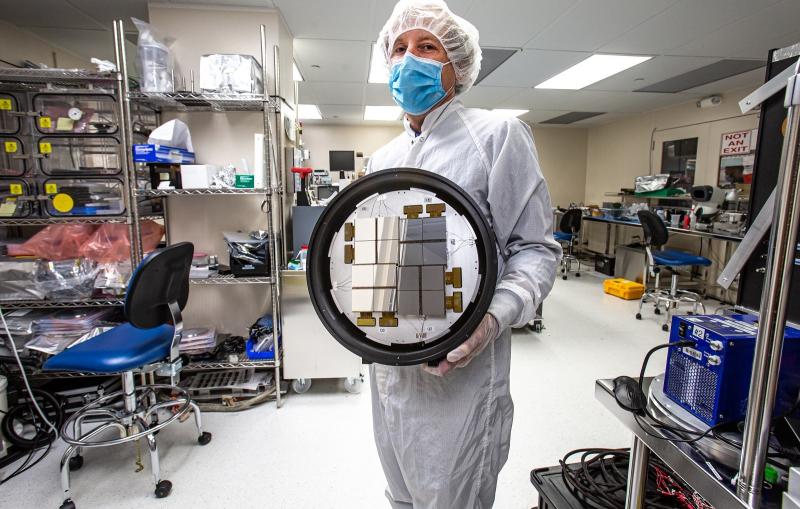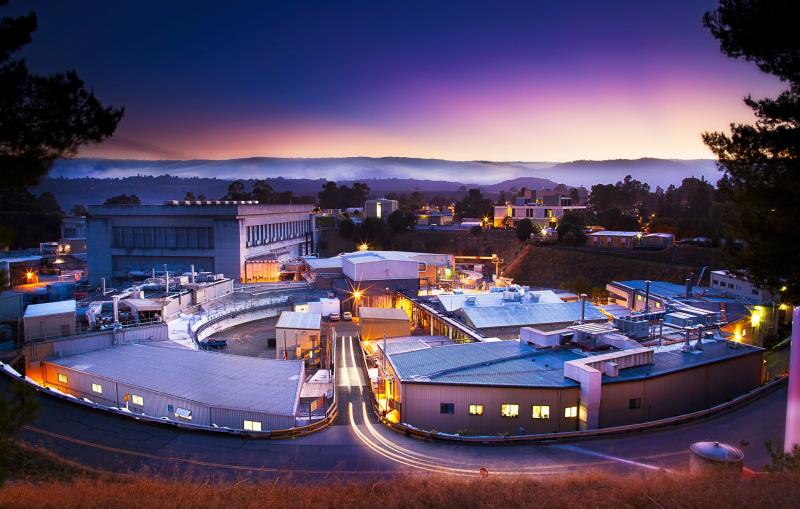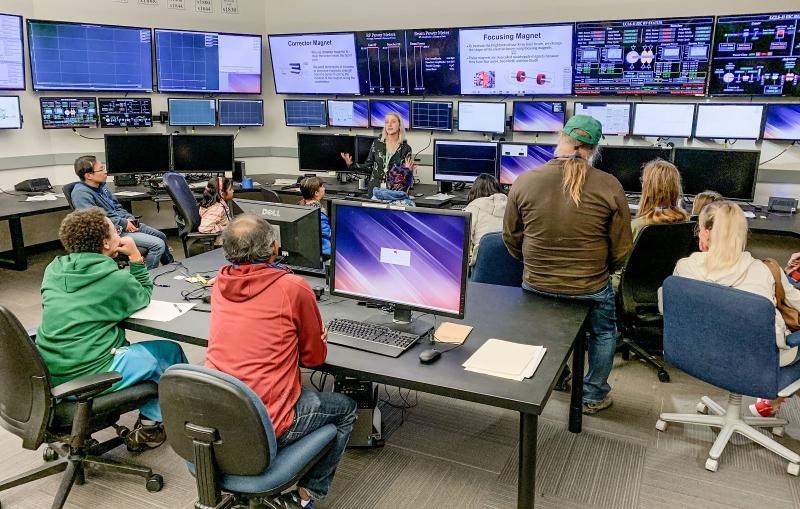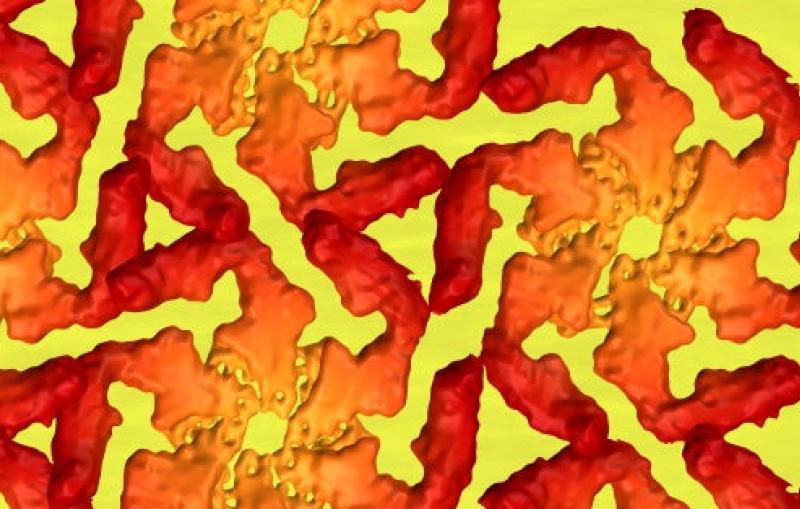April 30, 2018
SLAC and Stanford Open One of World's Most Advanced Facilities for Cryo-EM
The new facility provides revolutionary tools for exploring tiny biological machines, from viral particles to the interior of the cell.
By Glennda Chui
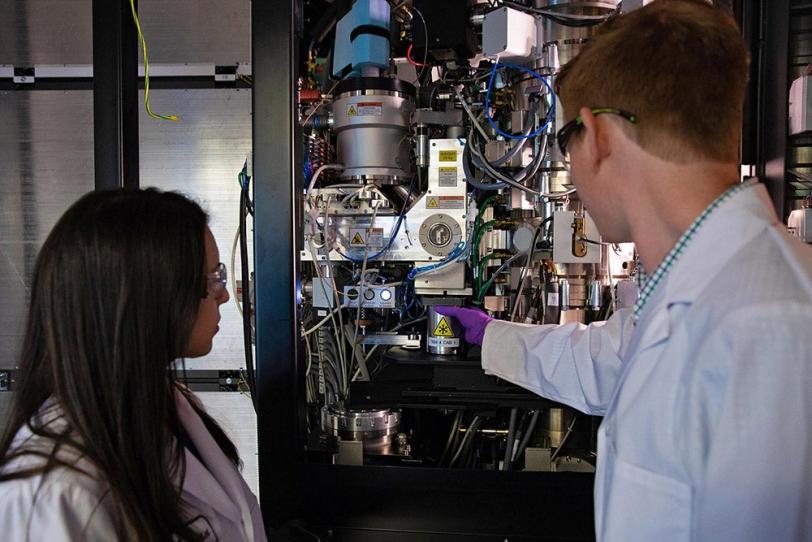
Dig Deeper
